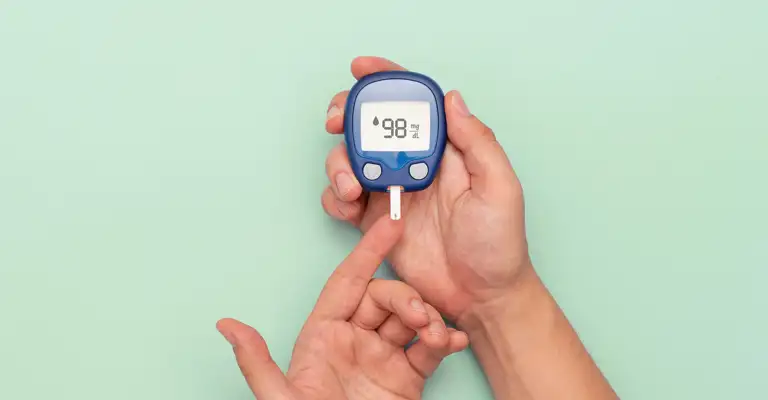National diabetes week guest blog
15 June 2022
During National Diabetes Week, we talk to Nisha Jose, Clinical Team Leader at Mersey Care Clinical Telehealth Hub to find out more about how the team uses DOC@HOME to monitor patients with diabetes and the benefits it brings.
Hi Nisha, can you talk us through how you use the solution in your setting? What are the benefits of using remote monitoring for monitoring your patients with diabetes?
Of course! Referrals come through to us from GPs, specialist nurses or matrons in the community. Once patients are on the system, we monitor them for five months. The main area we target is self-managing the symptoms and blood glucose control via diabetic diet education and medication compliance, monitoring blood pressure, as better control of blood pressure can prevent coronary artery disease and complications of diabetes. Other key areas we monitor are routine follow up checks for eyes and podiatry. We also monitor eye checks and podiatry appointments via the Diabetic care plan including prompts to prevent retinopathy and diabetic ulcers. If patients are suffering from diabetic ulcers, we will refer to the District Nurses for follow up to prevent sepsis and prevent hospital admission.
Would you recommend DOC@HOME to other services who have patients with diabetes?
Definitely, yes! For three main reasons:
- If people have better control of the disease, it prevents secondary complications.
- Regular monitoring of blood pressure prevents strokes, which is the leading cause of death in the UK.
- Monitoring also optimises treatment and improve the quality of life and general health.
Do you have any additional observations or feedback about remote monitoring that may be of interest?
Absolutely. I would say that all conditions with a long impact on health would benefit from remote monitoring. We also monitor other long-term conditions such as COPD and Heart Failure. Patients awaiting cardiac surgery also benefit from remote monitoring to help them prepare for their operation and optimise the diabetic treatment and control the HB1AC to improve the post operative clinical outcomes and early recovery.









